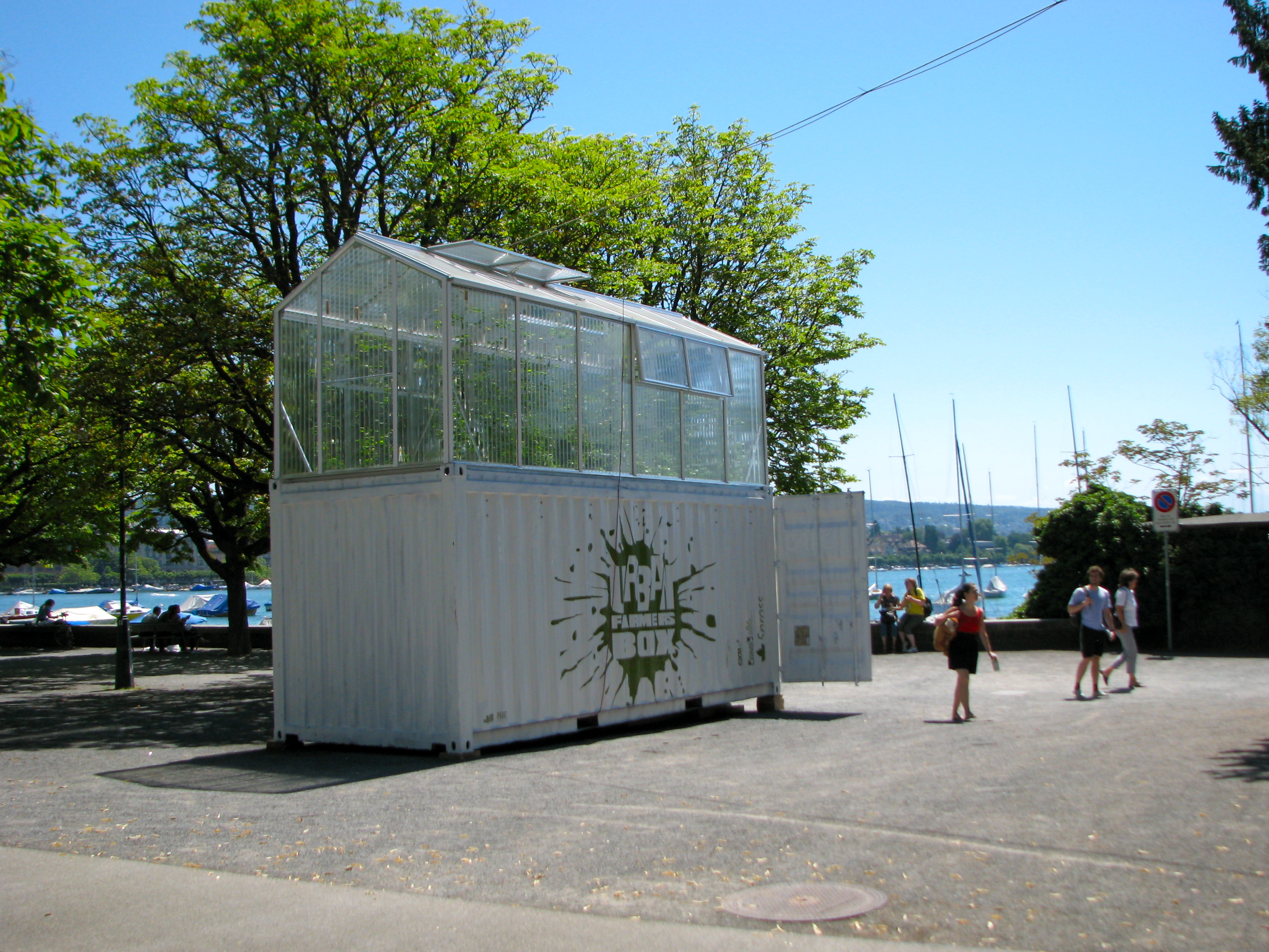Will economics trump tradition on the Alp?

Herding the animals down from the alpine pastures in September is an age-old tradition in Switzerland. A recent report suggests its future may be in doubt.
The “Scargada”, as it is called in Romansh, meaning the “unloading” (of the pastures) was celebrated in the village of Breil (Brigels) in the Surselva region this past weekend, to be followed by many other “scargadas” around Graubünden.
The animals are herded down to the village on the way to their owners’ barns, and people make it into a fiesta.
Since June the herds have been up on the five alpine pastures (each known as an “Alp”) used by the commune of Breil. They were tended, not by their owners, who tend to stay down in the valley – as farmers they have lots of other things to do during the summer – but by herdsmen who spend the season there.
The farmers go up to the pastures on “scargada” day to lead down their own cattle. Each animal wears its cow bell and is decorated with flowers, especially the champion cows from each “Alp”.
The “miseriera”, which has given the greatest “measure” of milk, and the “pugnera”, which has shown itself the most “pugnacious” and has thus made itself leader of the herd, have a place of honour in the parade. Farmers and herdsmen, too, often wear their most colourful traditional costumes.
Clouds gather
The “scargada” is a great folk tradition, and the pattern of leading the herds up to the alpine pastures in the summer and down again in the autumn has been familiar for centuries. It is celebrated in song and story – especially in Romansh.
But this year there is a cloud over the tradition because of a recent report, much talked about, that puts the future of the alpine pasturing economy here and in other parts of the country in doubt.
The project “AlpFUTUR” is a series of surveys of farmers and herdsmen done by the Swiss Federal Institute for Forest, Snow and Landscape Research and 16 other organisations. It has found that while 48 per cent of Swiss farmers send their animals up the Alp every summer (the rest do not, having pastures in the valley), up to half of them are thinking of giving up the traditional practice.
There are several reasons for this. For one thing, it’s expensive, and farmers who don’t do it say they can’t afford it. Again, many farmers are thinking of expanding their land holdings for growing animal feed on their farms in the valley.
This would mean that they won’t need to send their animals up the alps, as Stefan Lauber, the man who led the study, told swissinfo.ch. “If that happens, the number of animals pastured on the Alp in summer could rapidly decrease.”
He also cites other reasons for the decline. With developments in cattle breeding, many animals are no longer hardy enough to spend the summer up on the Alp. And the kind of grazing available at 1,800 metres does not meet the needs of these highly bred animals.
Lauber is not pessimistic about the future of alpine pasturing, however. “Looking at the whole of Switzerland, the Alp business is not really threatened,” he says.
“Tradition is very important, as two of the AlpFUTUR surveys done by our Institute have shown: every seventh farm said it will keep on pasturing animals for reasons of tradition, even if it does not make economic sense. As for the alpine pasture operations themselves, every sixth intends to maintain the Alp, even if it is unprofitable.”
Power of tradition
Clearly there is something else at stake here besides economics. Country life in the Alps seems to many unthinkable without the high-altitude pasturing during the summer, all the traditions to do with cheese-making, and the ceremonial parades.
At the same time, environmental considerations are involved, as Lauber points out.
“There are already regions today, especially in the south of the Alps, where alpine pasturing is in decline and the pastures are becoming overgrown. That means that woodland and scrub start to take over.”
If the tradition of alpine pasturing is abandoned, “then the tendency for pastures to get overgrown would start to reach parts of the country that have not been affected much, or at all, up till now”.
Should something be done to preserve the tradition and the way it shapes the alpine environment? Agriculture in the Alps is subsidised as it is.
Lauber says that people in Switzerland will have to decide if they want to keep this tradition or not, and if it is worth spending money to preserve it.
“Our Institute is doing surveys among the general population and tourists too, to find out how much alpine pasturing is regarded as desirable by society at large.”
Meanwhile, the colourful procession of men and beasts still happens. Culture and tradition are strong, but economics is having its say too. The question is: will economics trump tradition?
Each alpine pasture is referred to as an “Alp” (singular).
Cattle, goats and sheep, which live down in the valleys during the long winters, are herded to the “Alp”, the upland pasture, for the summer season, which lasts
from June to September.
The herdsmen go up to the alpine pastures and live there during the summer in traditional rustic chalets, looking after the farmers’ animals, milking them, and making cheese.
There is a hierarchy of shepherds and assistants on the Alps; many farmer’s sons start out there as young boys assisting the menfolk. Women were not a part of the scene until fairly recently, but are now well represented.
Shepherds have always been a very mobile group, and shepherds working on an Alp are likely to come from somewhere else in Switzerland, or even Italy or Germany.
The tradition is common throughout the Alps, and in other mountainous regions like the Pyrenees.
Many are the songs and stories about life herding cattle, sheep and goats on the alpine pastures. Romansh folklore is particularly rich in references.
The tradition has also found its way into literature. The most familiar of these books internationally is Johanna Spyri’s “Heidi”, which gives an idealised picture of high alpine summers.
A considerably less idealised picture is given by the folktale of the “Sennentuntschi”, involving a doll made by herdsmen on the Alp that comes to life with dire results. It was made into a sensational film by Swiss director Michael Steiner in 2010.
In Romansh literature, Alp life was pictured realistically by Surselva novelist Leo Tuor in his first novel “Giacumbert Nau”, published in 1988 and translated into German and French. The author in his younger days spent 17 summers on the Alp.
“Sez Ner”, published in 2009 by the young Surselva writer Arno Camenisch, from Tavanasa, near Breil, gives a realistic account of life among the shepherds on the Alp by one who experienced it.

In compliance with the JTI standards
More: SWI swissinfo.ch certified by the Journalism Trust Initiative












You can find an overview of ongoing debates with our journalists here . Please join us!
If you want to start a conversation about a topic raised in this article or want to report factual errors, email us at english@swissinfo.ch.